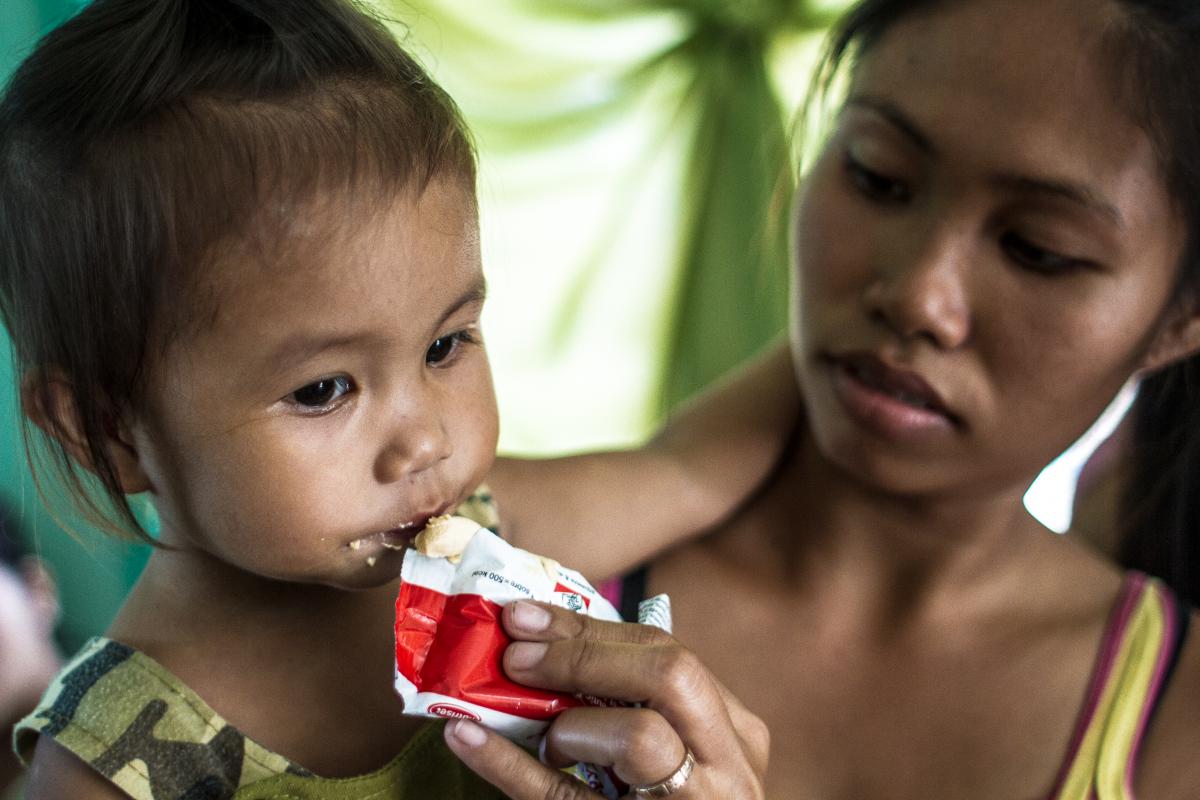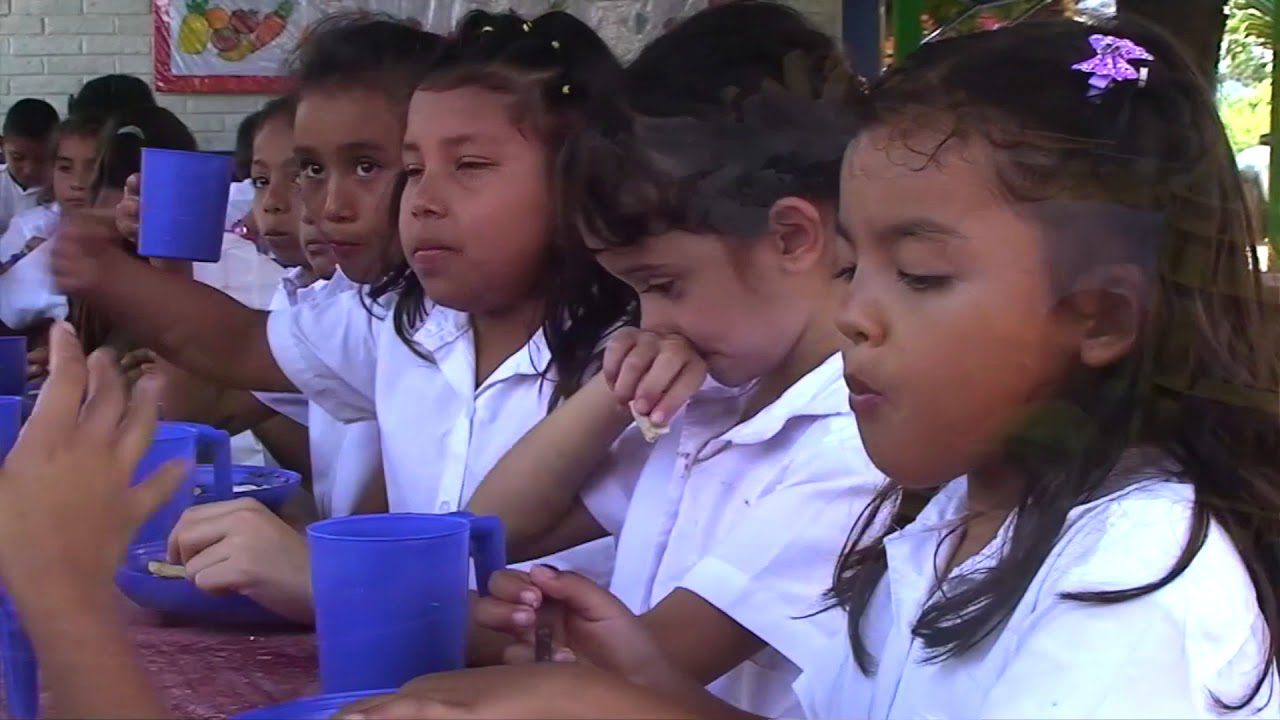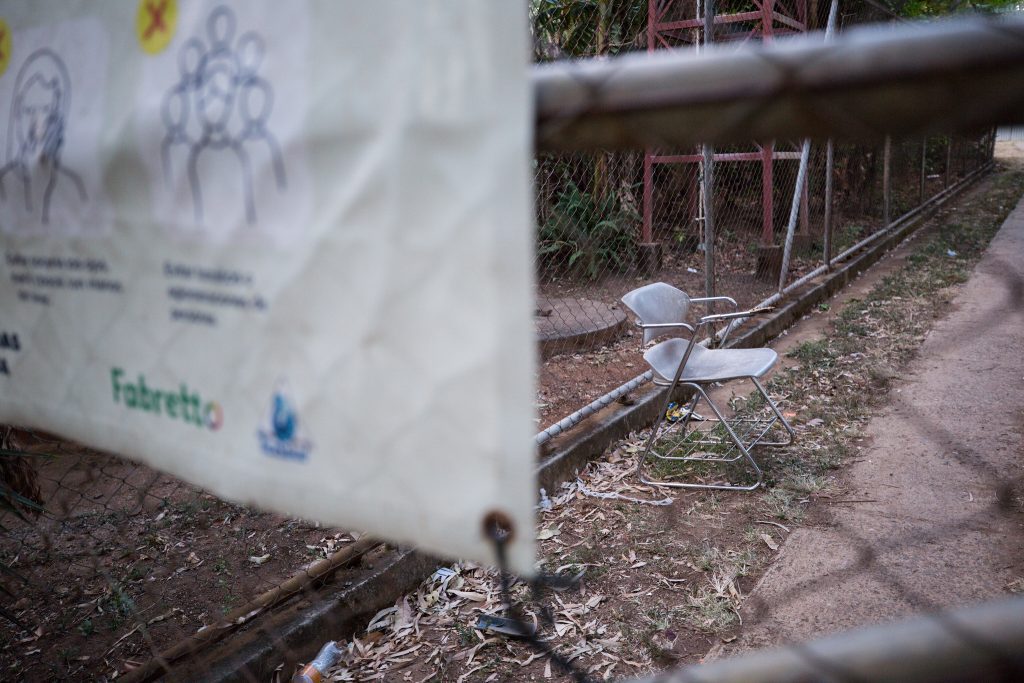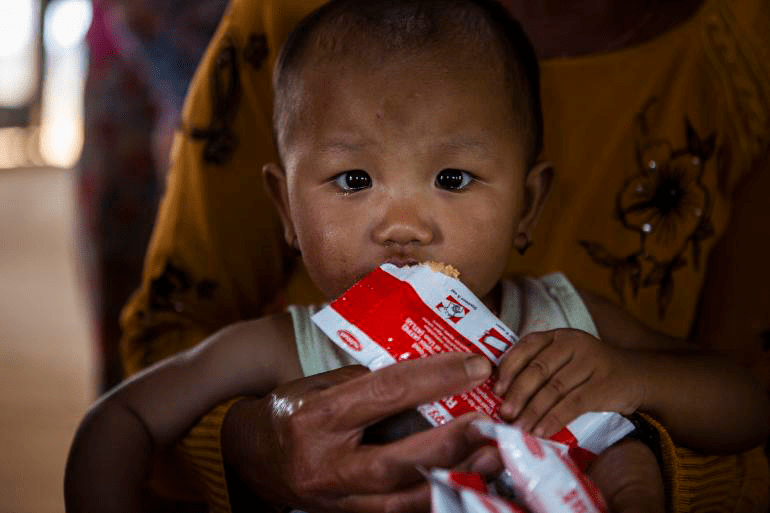At least 117,912 Nicaraguan children were identified with acute malnutrition only between July 9 and November 12, 2023, according to data from the Ministry of Health’s (Minsa) Special Plan for Monitoring the Nutrition of Children from 0 to 6 years of age.
This means that between those months, an average of 5,427 children under six years old with acute malnutrition were reported weekly in the country. If this trend continues, by the end of 2023, there could be 156,000 under six children identified with this type of malnutrition.
This is a concerning number, because the population of children under 6 years of age in Nicaragua is 819,000, according to data from the National Institute of Development Information (Inide). This implies that currently 14% of children of that age are acutely malnourished, and by the end of the year, this percentage could increase to 19%.
The data of the special plan does not include children with malnutrition of other ages or with chronic malnutrition, despite the fact that this is the most common type of malnutrition in the country, according to data previously published by Minsa.
The Special Plan does not include chronic malnutrition nor children of other ages

The Special Plan to Monitor the Nutrition of Children from 0 to 6 years old was announced on June 20 this year by Vice President Rosario Murillo in the official media, weeks after the publication of the data of the 2023 Nutritional Census. She said that she was not satisfied with the results.
“We have a special plan by the Ministry of Health to monitor the nutrition of children between 0 and 6 years old (…). We are going to work to improve, to overcome, to transcend and to feel a little better, because we are not going to be satisfied until there are no malnourished children”, she said.
However, the data published in the last five months of the Special Plan show much more alarming numbers on child malnutrition compared to the data of the 2023 Nutritional Census.
According to this year’s Nutritional Census, out of a census population of 701,586 children aged 0 to 6 years, 27,362 (3.9%) were acutely malnourished. In other words, the Special Plan has identified 90,550 more children of the same ages with this type of malnutrition.
Meanwhile, 54 724 children of the same age (7.8%) were chronically malnourished. On the other hand, 19,554 children between 6 and 14 years old were reported with acute malnutrition, and 48,523 with chronic malnutrition, out of a census population of 724,220 children.
MINSA data is not enough

The data provided by Minsa is not enough to show the situation of child malnutrition in Nicaragua, as it is not broken down by sex, department or ethnicity.
Nor does it include important data such as the socioeconomic conditions under which these children live; whether they have homes or are living on the streets; or who their caregivers are and their family structure.
According to a 2023 report by the United Nations Children’s Fund (Unicef), the country’s most vulnerable children are found in rural areas. 50.1% of people in rural areas live in poverty and 16.3% in extreme poverty. Meanwhile, 14.08% of the urban population lives in poverty and only 2.4% in extreme poverty.
The regions of the country with the highest poverty and extreme poverty rates are the Central Region in first place and the Caribbean Coast in second place.
Socio-political crisis may be influencing child malnutrition

Although the Ortega-Murillo regime always claims in its announcements that child malnutrition has decreased since its arrival to power, the reasons behind these numbers could be linked to the socio-political, economic and migratory crisis in the country, as well as to the effects of the covid-19 pandemic, as reported by Unicef in other countries.
Child malnutrition could also be affecting specific infant populations such as indigenous and Afro-descendant children who face food insecurity due to the invasion of settlers, according to reports from human rights organizations on the Caribbean Coast.
Also minors from communities where there were civil organizations offering shelters, food, education, among other child protection services.
According to an investigation by Confidencial, some 170 organizations working for children’s rights were closed in Nicaragua by the Ortega-Murillo regime between 2018 and February 2018.
The United Nations counts 3338 civil organizations closed by the dictatorship since the beginning of the socio-political crisis.
“These cancellations have led organizations to suspend their various types of assistance, negatively impacting beneficiaries’ human rights,” it said in its latest report on the human rights situation in Nicaragua.





